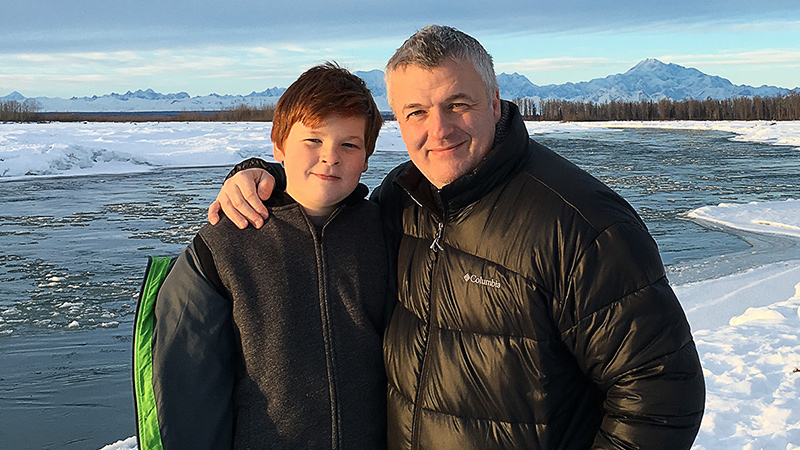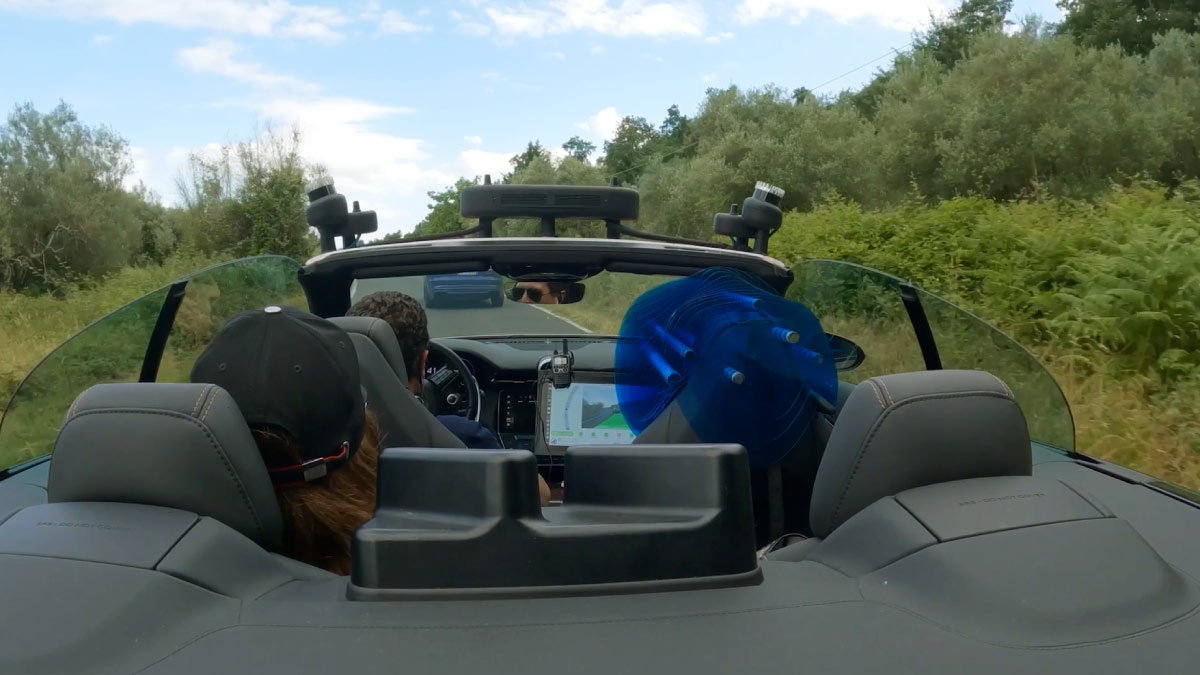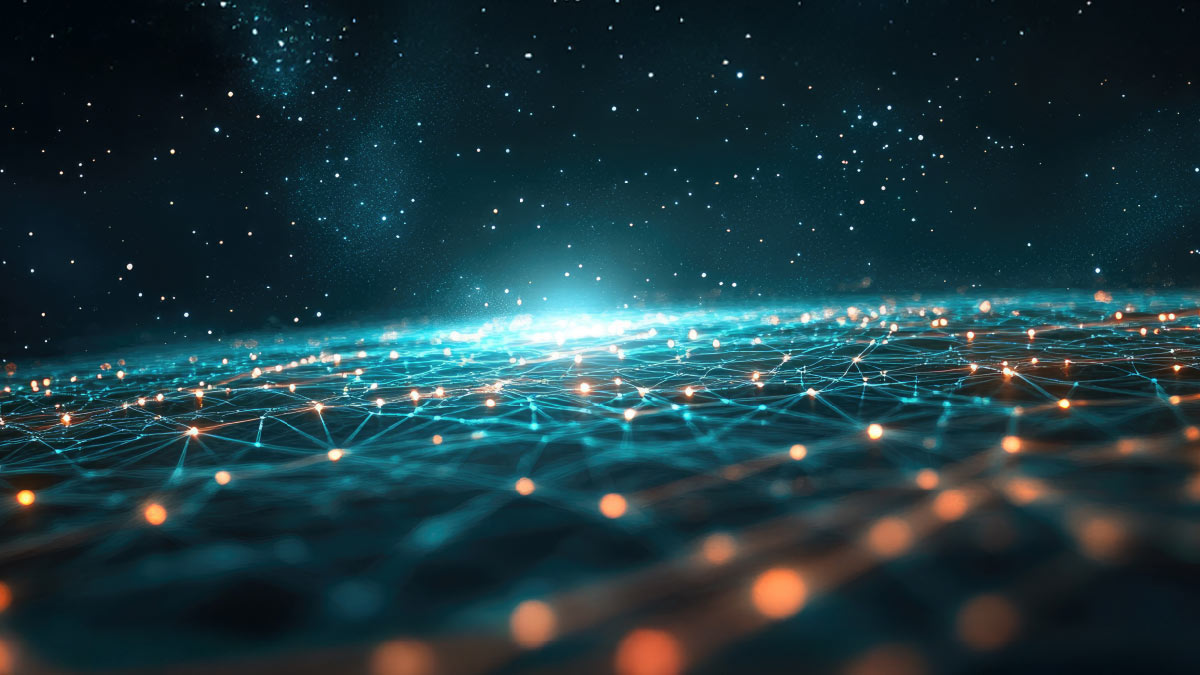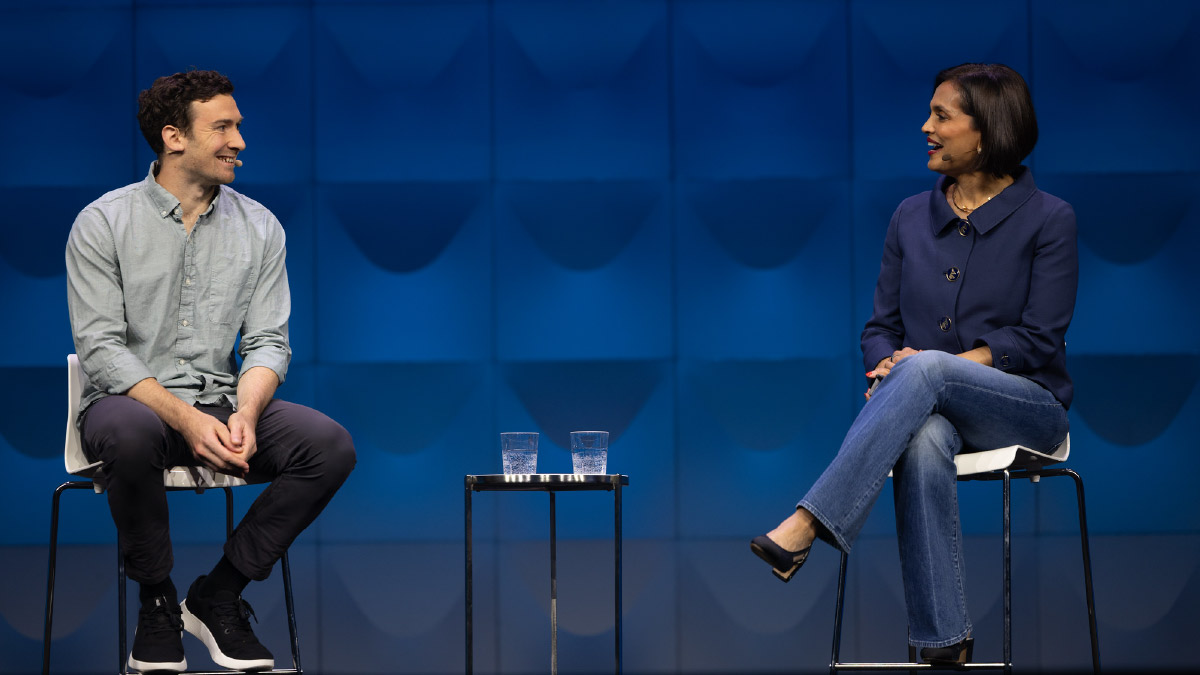Machine learning is one of the hottest business topics on the planet, so we were excited to catch up with the one guy who knows the most around here: Cisco Fellow Jean-Philippe Vasseur. You can call him JP.
JP invented a slew of technologies now deployed on the internet. In fact, he is our leading inventor with 483 issued patents, spanning key tech areas from machine learning and AI in security in enterprises to the Internet of Things.
He is one of only 19 Cisco Fellows out of 30,000 engineers, constantly pushing the boundaries of technology. It’s all part of a fascinating 21-year journey at Cisco.
In this Q&A, JP talks about his valuable work in this area and more, offering advice to young engineers, tips on developing a career at Cisco, and a few thoughts on the future of Cisco.
Let’s get started.
Q: About 21 years ago, you decided to join Cisco after working for service providers. Why? What’s been your guiding strategy as you’ve advanced at Cisco?
JP: At some point, I decided I wanted to build products. This was a time when IT was really evolving. I joined Cisco as a consulting engineer. I have always had an appetite for reinventing myself. When a technology or field matures, I move on.
I spent seven years on the internet — from IP (Internet Protocol) to MPLS (Multiprotocol Label Switching) another five on IoT (as chief architect), three on security, and now the enterprise, focusing on machine learning and artificial intelligence. Cisco is one of the only places that can offer such an opportunity.
Q: You’re the No. 1 inventor at Cisco, with issued 483 patents. When do you sleep? How does that feel?
JP: Yes, it has been two busy decades, but not just because of the patents.
Although I have about 500 issued patents, I’d like to focus on the quality of the patents as opposed to the raw number. That means most of those inventions are now deployed in many places of the internet, like MPLS and SDN (software-defined networking) for service providers, IPv6 for the Internet of Things, or machine learning for enterprises networks.
These inventions cut across a variety of fields: SP, enterprises, Wi-Fi, security, IoT, and so on.
Q: Why is machine learning such a big deal for the enterprise? Can you give us a simple example of how machine learning works?
JP: Sure. Take assessing the performance of a Wi-Fi network. To do this, you’ll need to take a number of factors into consideration.
How many people are in the room? What’s the noise level? What time of day is it? What kind of device are you using to access it? Now, how are you determining whether the quality of experience is good enough for the user?
You can either use static “thresholds” like we have been doing for 30 years or … build a machine learning model that will allow for detecting anomalies considering hundreds of parameters.
Machine learning offers the network the opportunity to learn and, eventually, predict future network behaviors and trends. That’s why data is so critical. And no one has more (and qualitative) network data than Cisco.
Q: So it goes back to adding intelligence to the network?
JP: Machine learning is a new way to solve problems that were unsolvable before. Networks are becoming very complex. Because of this, they are now almost impossible to troubleshoot without assistance from the machine. We need machine learning to reduce noise to ease troubleshooting, perform root cause analysis, find patterns that were impossible to do before.
Q: Where are we in our machine learning journey?
JP: We’ve made incredible progress. The first phase was to build a coherent architecture, a unified data lake (huge amount of data stored in a database) gathering telemetry from all devices and ship a first set of killer apps for Wireless. The second phase, which we’re in now, is about scale and extending to multiple verticals. Our third phase will be about enabling true self-healing networks without human interloop. To be honest, due to a lack of trust from many users, this third phase is going to be a multiyear journey.
Q: Talk about your Cisco career. What are you most proud of?
JP: My passion is for disruptive new ideas with an impact. I’m most proud of the projects where I’ve had a vision, which is really crucial, anticipated the market and technology trends and executed on that vision; I have to offer thanks to some incredible teams.
The best ideas in the world don’t mean anything if you don’t act on them and execute successfully.
Q: What’s been the most rewarding part of your job?
JP: When I go back and look at the projects my teams have worked on that have become widely deployed and solve real customer problems. I’m very passionate about our customers and, when our ideas positively impact them, it’s extremely rewarding.
Q: You also have a passion for mentoring our young engineers. What advice can you give them?
JP: First, don’t stay in your comfort area for too long. When areas become mature, be proactive and move on. This keeps things fresh. Keeps the excitement at a level high. Second, don’t just look at what’s happening now, look at what can happen a few years down the road. Third, don’t ever give up on a problem.
Q: What do you look for in young engineers?
JP: The No. 1 thing is passion. There are a lot of really smart kids out there. But what’s difficult to find are people who are truly passionate. If I don’t see it, I don’t think they will succeed in a team like mine. You want to find engineers who are excited about making an impact for Cisco, our customer, and the industry.
Q: What will Cisco look like in five years?
JP: No doubt, we will be a different company. We will continue our transition to becoming more of a software company, although I don’t think that we should stop being also a hardware company. Realizing the importance of data will be critical to success — and we will certainly need more data scientists.
The key will be continuing to adapt — and we have shown to be good at this. Look no further than what we’ve done in security. We were in a bad position in this area five years ago. Today, we are the industry leader.
That’s why we should love Cisco. We operate in a very dynamic environment and — even at our size — can transform and evolve.
###
The contents or opinions in this feature are independent and may not necessarily represent the views of Cisco. They are offered in an effort to encourage continuing conversations on a broad range of innovative technology subjects. We welcome your comments and engagement.
We welcome the re-use, republication, and distribution of "The Network" content. Please credit us with the following information: Used with the permission of http://thenetwork.cisco.com/.



